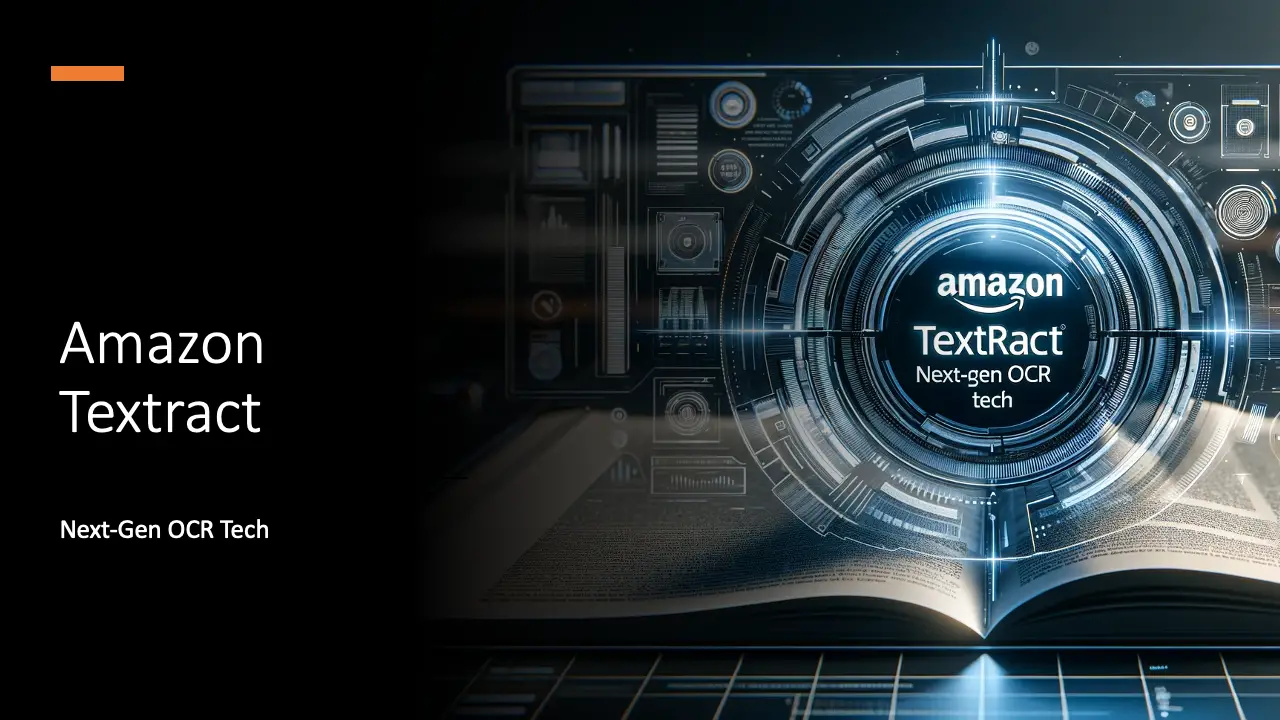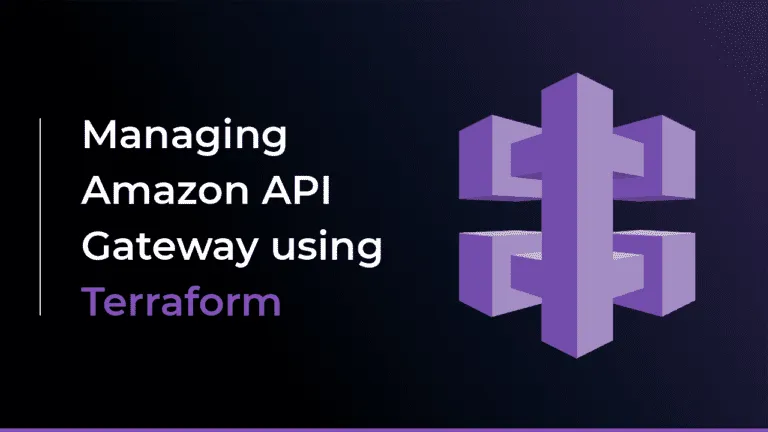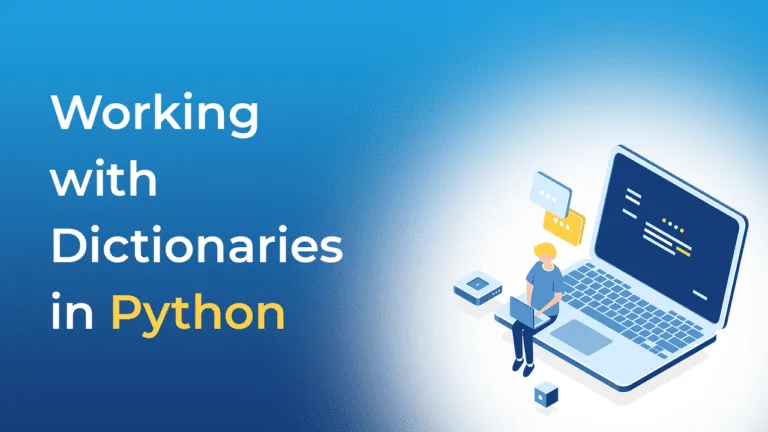Amazon Textract: Next-Gen OCR Tech
Amazon Textract leverages advanced machine learning for Optical Character Recognition (OCR) to automate text, handwriting, and data extraction from various document types, enhancing workflow efficiency. This service is ideal for diverse sectors including financial services, healthcare, and legal, due to its ability to handle multiple document formats like images and PDFs with high accuracy and adaptability.
As you transition into the realm of automated document processing, consider using Amazon Amplify in conjunction with Amazon Textract to build solutions similar to ImagesToText.io in just a couple of days, showcasing the power and flexibility of Amazon’s cloud services.
Amazon Textract Overview
Amazon Textract is a service designed to automatically extract text and data from your documents, including PDFs, making it easier for you to process and analyze vast amounts of information efficiently.
Core Features
- Text Extraction: You can extract machine-printed text from various document types, such as tax forms or mortgage applications, with accuracy.
- Handwriting Recognition: Textract can also read and process handwritten notes – important for documents that contain annotations or marginalia.
Use Cases
- Automated Document Processing: Use Textract to streamline workflows that depend on manual data entry, reducing processing time.
- Data Extraction for Analytics: Extract information from financial statements or medical records to analyze trends or compile reports seamlessly.
Benefits
- Time Savings: By automating the data extraction process, you reduce the time spent on document handling, allowing you to focus on more critical tasks.
- Accuracy: Amazon Textract’s ML models are specifically tuned to provide high-quality text recognition, helping to ensure the accurate retrieval of information from documents.
Getting Started with Textract
Amazon Textract is a powerful service that allows you to extract text and data from scanned documents. To harness the full potential of Amazon Textract, it is vital to correctly set up your AWS account, understand the prerequisites, and configure Amazon S3 integration.
I strongly encourage you to try the “Extract text and structured data with Amazon Textract” quick hands-on lab.
Setting Up AWS Account
To begin using Amazon Textract, you must first establish an AWS account. If you do not have one, sign up for AWS and follow the step-by-step process to create a new account. Once your account is active, you can access the AWS Management Console, which is the hub for configuring and managing AWS services.
Prerequisites
Before diving into Amazon Textract, there are several prerequisites you need to complete:
- AWS CLI: Install the AWS Command Line Interface, which is essential for interacting with AWS services directly from your terminal.
- IAM User: Create an IAM user with the necessary permissions to access Amazon Textract services.
- AWS SDK: If you plan to use the service programmatically, select and set up an AWS SDK of your choice.
Please refer to the official documentation for detailed instructions on meeting these prerequisites.
Amazon S3 Integration
Amazon Textract functions in tandem with Amazon Simple Storage Service (Amazon S3). Here are the steps to integrate Amazon S3 with Textract:
- Create an Amazon S3 Bucket: Store your documents in an S3 bucket, which Amazon Textract will use as the source for document analysis.
- Set Permissions: Modify the bucket policy to grant Amazon Textract permission to access your S3 bucket.
Integration with S3 is crucial for processing files, as Textract does not store any documents itself. For instructions on setting up and integrating your Amazon S3 bucket with Textract, review the OCR Software, Data Extraction Tool page.
Technical Concepts and Components
In the realm of document processing, Amazon Textract stands out by employing advanced techniques to extract text and data efficiently from your documents. You’ll encounter foundational components like Optical Character Recognition for text detection, sophisticated Machine Learning Models to interpret complex patterns, and Document Metadata that provides structural context.
Optical Character Recognition (OCR)
Amazon Textract uses OCR to identify and extract textual content from your documents, which could be in various formats such as PDFs or images. The text detected by OCR includes printed and handwritten characters, while maintaining the layout and formatting information, which is crucial for preserving the original context of the fields and tables within the document.
Machine Learning Models
The service incorporates Machine Learning Models that go beyond traditional OCR. These models are trained to understand the content of your documents, recognizing the intricate patterns and relationships between different elements. This functionality allows Amazon Textract to accurately extract information from fields and tables, while understanding the document’s layout and context.
Document Metadata
Through Document Metadata, Amazon Textract provides additional information about the structure of a document. Metadata summarizes the document’s layout, organizing extracted content into a coherent hierarchy. It enables you to locate and process specific fields within a PDF or scanned image, ensuring precise data extraction that aligns with the document’s original presentation and intended use.
Working with Different Document Types
Amazon Textract is designed to accommodate your diverse document processing needs, whether you’re dealing with PDFs, scanned images, or various forms.
Processing PDF Files
When working with PDF files, you can leverage Textract’s ability to process both single and multi-page documents efficiently. To begin extracting text and data from PDFs, simply provide the file as input, and Textract will return a JSON structure containing the detected information. This is valuable for your text analysis and data extraction workflows, especially when dealing with high volumes of PDF documents.
Handling Scanned Documents
For scanned documents, Textract shines by extracting text and data with precision, even from images. You’ll find its OCR (Optical Character Recognition) capabilities useful for digitizing handwritten notes, printed text, and complex document layouts. Remember to ensure the quality of the scanned image is sufficient, as this directly impacts the accuracy of the extracted data.
Extracting Data from Forms
Lastly, extracting data from forms is streamlined using Textract, which identifies and processes key-value pairs and tables effectively. This is ideal for parsing out structured data like form fields and their responses, which is key in automating data entry tasks and minimizing manual data review. Whether you’re ingesting patient registration forms, tax forms, or insurance claims, Textract aims to simplify and expedite the process.
By integrating Amazon Textract into your document management system, you harness a powerful service that caters to a variety of document types and transforms the way you handle information extraction.
Understanding Textract in Practice
Amazon Textract is a service designed to automatically extract text, handwriting, and data from scanned documents such as forms and tables. By utilizing machine learning, Textract enables different sectors to process large volumes of documents efficiently and accurately. Here’s how Textract is applied in different industries.
Financial Services
In the financial services sector, your institution can leverage Amazon Textract’s capabilities for tasks like loan processing, where extracting accurate data from application forms is crucial. You’ll benefit from its ability to extract information from financial statements or scan ID documents, ensuring that the data feeding into your decision-making processes is precise and reliable. For instance, when processing mortgage applications, Textract helps in quickly extracting applicant information, which streamlines the decision-making process.
Healthcare Applications
For healthcare providers, Amazon Textract is instrumental in digitizing patient records and extracting meaningful information from various healthcare forms. It automates the data entry process, which mitigates the risk of human error and frees up your administrative staff to focus on more patient-centric tasks. Textract’s ability to comprehend medical jargon and extract data from prescriptions or insurance forms means you can provide faster and more accurate patient services.
Insurance Claims Processing
Insurance companies can use Amazon Textract to transform the way you handle claims documents. By automating data extraction from claims forms and supporting documents, Textract speeds up the claims processing workflow. This means that your customers experience quicker service, and you can minimize the potential for human error. The ability of Textract to process various document types allows for a flexible implementation in your existing claims systems.
Each industry benefits from the tailored applications of Textract, ensuring that customers receive timely services while providers and financial institutions handle documents with increased efficiency and accuracy.
Securing and Maintaining Compliance
In utilizing Amazon Textract, you prioritize the security of your data and adherence to regulatory standards. The services are structured to satisfy the needs of security-conscious organizations, helping you stay compliant with various frameworks.
Data Security Protocols
Your use of Amazon Textract should involve stringent data security protocols to protect sensitive information. AWS recommends several measures to enhance the security of your data:
- Use multi-factor authentication (MFA) for each account to provide an additional layer of security.
- Secure your data transmissions with SSL/TLS encryption, with a recommendation for TLS 1.2 or later being the minimum standard.
- Engage AWS CloudTrail for logging API and user activity, creating a detailed record of who did what on AWS resources.
By adopting these practices, you help ensure that your data remains secure when utilizing Amazon Textract’s capabilities. For more details on implementing these data security practices, explore the documentation on Security in Amazon Textract.
Compliance Standards
When working with Amazon Textract, understanding and adhering to compliance standards is crucial. AWS offers resources to assist you in achieving compliance with various regulations and standards:
- AWS works within SOC (Service Organization Control) reporting frameworks, which are key to managing data privacy and security.
- Amazon Textract aligns with ISO (International Organization for Standardization) standards, underlining its commitment to maintaining global best practices in security management.
It’s essential to assess the sensitivity of your data and your organization’s compliance objectives, as they impact your responsibilities when using Amazon Textract. The Compliance Validation for Amazon Textract document provides resources to guide you in such assessments.
Integrations and Extensions
Amazon Textract’s capabilities expand when you integrate it with other services and systems. Through strategic connections, your extracted data becomes more meaningful and readily applicable to your business processes.
Connection with Amazon Comprehend
When you use Amazon Textract in conjunction with Amazon Comprehend, you enable a deeper analysis of your extracted text. Amazon Textract pulls the textual content from documents, allowing you to then utilize the Amazon Comprehend service to perform natural language processing on the extracted text. With Amazon Comprehend, you can detect sentiment, entities, and key phrases more efficiently, turning raw text into actionable insights.
Integration with Databases and Applications
To fully leverage the data Amazon Textract provides, incorporating its API with databases and applications is essential. Textract features direct integration options, enabling you to systematically store extracted information into a database for further use. Additionally, connecting Textract to your applications streamlines workflows, as the service can automatically feed processed data into systems that require textual input or further analysis.
Post-Processing and Optimizing Output
After successfully extracting data with Amazon Textract, it’s crucial to refine the output to ensure high quality and usefulness. Your focus should now shift to verifying the accuracy of the extracted data and enhancing it for downstream processing or analysis.
Data Extraction Accuracy
To maintain the integrity of your JSON output, verify the precision of the extracted text from your files. Amazon Textract’s sophisticated algorithms are engineered to deliver high accuracy, yet you must still perform post-processing checks. Review queries that were used to ascertain data points to guarantee that the extraction aligns with the structured format required by your application.
- Validate: Check if the correct text has been captured from each segment of the document.
- Cross-Verify: Confirm the JSON output against the source file to ensure no data has been misinterpreted or misplaced.
- Correct Errors: Apply custom scripts or manual adjustments to rectify any inaccuracies found.
Enhancing Extracted Data
With accurate data at hand, the next step is to enhance the extracted information to fit your specific use cases.
- Structure Data: Organize extracted elements into a coherent structure, preparing it for easy querying and analysis.
- Enrich with Metadata: Incorporate additional information such as page numbers or section titles to give context to your data.
- Optimize for Storage: Convert the output into a format optimized for storage in databases or cloud services, reducing file sizes when necessary.
By carefully post-processing and optimizing the output from Amazon Textract, you ensure that the data extracted is not only accurate but also primed to deliver insights and support decision-making for your business.







